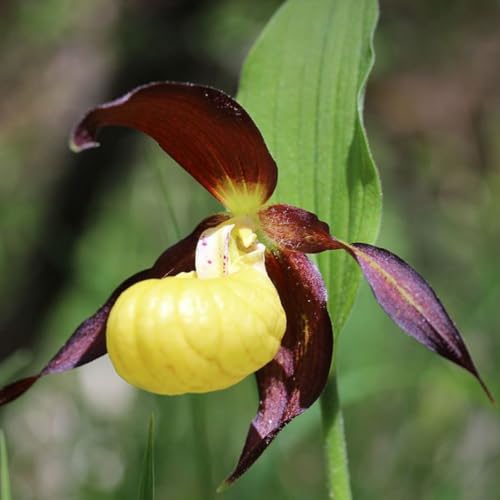I found another old rendering of 'superbiens', listed as : Paphiopedilum superbiens (as syn.Cypripedium superbiens)Illustration in:H. G. Reichenbach:"Xenia Orchidacea"vol. 2 fig 103(1874), at:
http://tinyurl.com/luesh7
From these three renderings it is clear that what we are calling superbiens corresponds more closely to the species identified in the 1870's as curtisii, which is more apparently a distinct species from these illustrations, and that the original 'superbiens' either doesn't exist anymore in cultivation or perhaps has become mislabelled through the years, but clearly does not exist labelled 'curtisii'. Probably some of the plants in the current group are hybrids, either of these two species or with a third. There is a good deal of variation but all the plants and pics I see seem to be dominated by curtisii. Interestingly enough, Koopowitz reverses his types between his two OD checklists, 1995 and 2000 (he pulled a similar switch with philippinense and roebbelinii, showing a true philippinense in 1995 - very distinct from roebbelinii - but showing roebbelinii for both in 2000). The pics in Birk's book show distinctly different staminodes and so do the 1870's drawings. I find the conclusion, based on the 19th century drawings and the different chromosome numbers, inescapable that they are indeed different species, with all of the ones we see now being curtisii (or a hybrid of it and superbiens or another species) and superbiens being a 'lost' species.













































